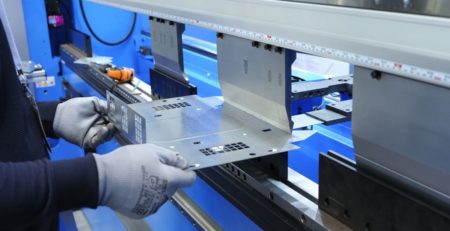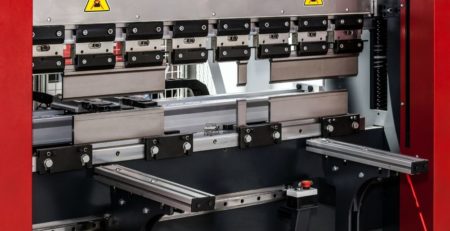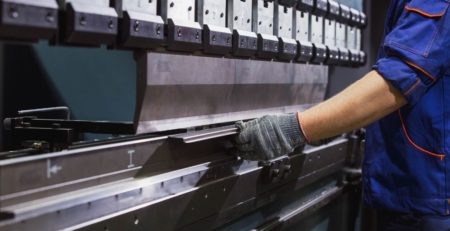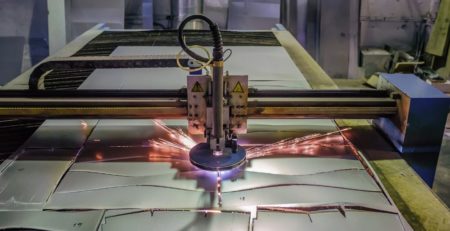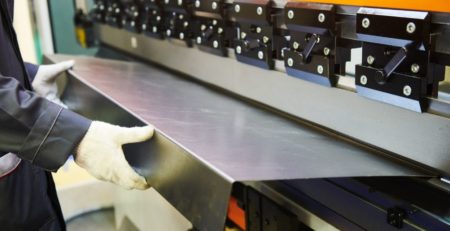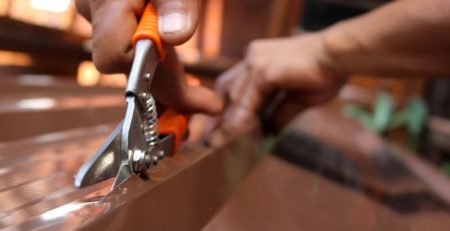Tips for Designing Products for Manufacturing
Design for manufacturing (DFM), sometimes called design for manufacturing and assembly (DFMA) or design for manufacturability, refers to the cluster of considerations that go into creating an easily manufactured product than can be produced cost-effectively. These tips for designing products for manufacturing can help you minimize delay and avoids “do-overs” when you discover a design flaw or manufacturing problem after production has begun.
DFM is organized by five basic aspects that affect the end result: process, design, materials, environment, and compliance (or testing). Each aspect requires an interdisciplinary team to dig deep into a product’s intended use, existing products that would compete with it, how people currently use similar products, and what innovations or improvements could improve a product’s usefulness or desirability.
Process
Modern manufacturing offers a variety of processes for production, from 3D printing to injection molding and metal fabrication using a 2D laser cutter. A critical aspect of designing products for manufacturing is to identify a production process that meets the needs of production without high costs while preserving quality. Considerations include the volume of products to be manufactured, the availability of manufacturing capability, and the complexity of the part or product to be produced.
Design
Before a product gets anywhere near manufacturing, a team of diverse engineers, designers, manufacturing partners, and marketing/consumer experts should toss their assumptions out the window and tear the proposed design apart. What is the item supposed to do? Will it do it well? Is there a better way to do what the design is supposed to do? What do end users really want? Does the chosen manufacturing process really fit the item?
Materials
Many design questions can be resolved by considering the materials that will be used to produce a product. A plastic toy differs enormously from a precision metal auto part. But that auto part doesn’t have to be made of solid gold. Materials must meet the product’s intended use: does it need to float? Stretch? Bend? Must it conduct electricity or be resistant to conducting it? Must it work in concert with other parts without wearing out (like gears, drive shafts, or bearings)?
Environment
The conditions under which a manufactured item will be expected to perform affect DFM decisions. It’s one thing for a circuit board to function in an environmentally controlled clean room and quite another for an underwater sonar device to endure saltwater conditions. Heat, cold, humidity, exposure to magnetic fields, and the possibility of electric shock are all considerations in the DFM process.
Testing
A product may perform perfectly in computerized simulations, but if it hasn’t been tested under real-world conditions, there’s no certainty about how it will perform. Compliance with industry standards is also a critical concern. A product must meet specifications and parameters required by international standards as well as client specifications prior to mass manufacturing.
Perhaps the best tip for designing products for manufacturing is collaboration: success comes when a diverse, interdisciplinary team works together to consider all the possibilities before committing to a particular design or process. What a client asks for may not be what they actually need. Identifying the true need and coming up with a cost-effective way to meet it is the secret sauce of a successful DFM process.



